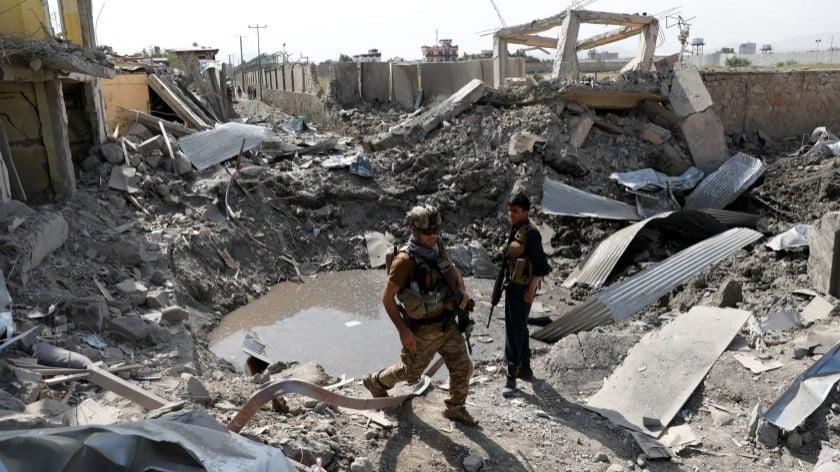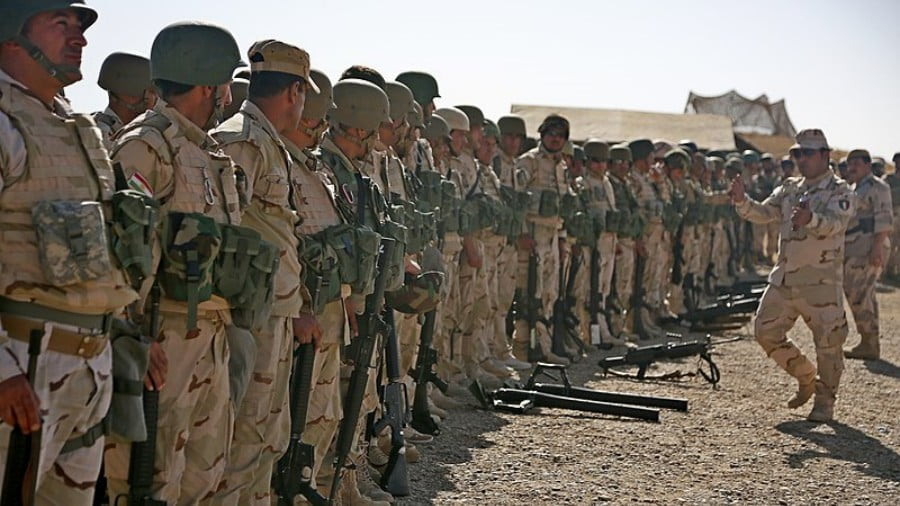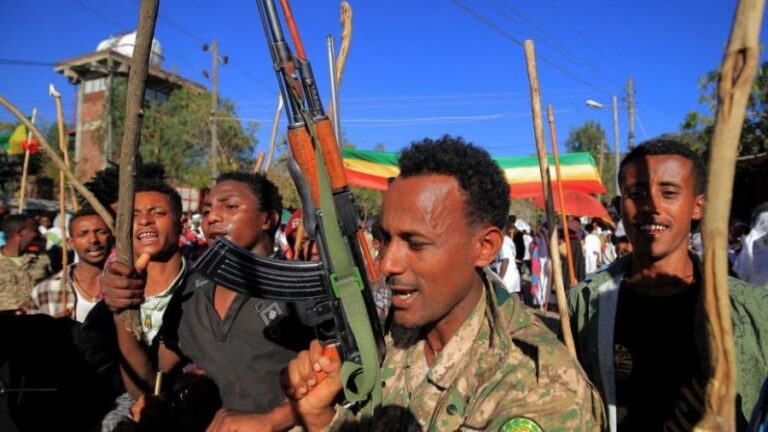Is China Turning Indo-Pacific Concept into Reality?
The concept of the Indo-Pacific as a region is relatively new. Western politicians and journalists began using it with increasing frequency as the confrontation between the West and China continued to intensify. The fact is that as PRC’s economic, political and military clout kept growing at an unprecedented rate in the last decade, the nation began to seek the status of a superpower comparable in influence to the United States or the Soviet Union. An increasingly powerful China started actively competing with the USA in all possible spheres, and it has already been quite successful in its efforts. And while economic rivalry between the USA and the PRC spans the entire globe, Asia-Pacific has become the arena for the geopolitical confrontation between the two nations.
The term Asia-Pacific is first and foremost used in economics and politics and does not necessarily refer to a geographical region per se. Therefore, not all the experts agree on which countries ought to be a part of it. Still, the Asia-Pacific region encompasses approximately 50 nations that either have coastlines on or are situated in the Pacific Ocean, such as China, the United States, Russia, Japan and Australia. After World War II ended, the USA became a key military power in Asia-Pacific by stationing its troops in the Philippines, Japan, South Korea, Australia and Oceania. U.S. naval ships, therefore, felt at ease in the Pacific Ocean until recently. They freely traversed the Indian Ocean owing to the presence of U.S. military in Africa and its friendly relationship with India.
However, an increasingly powerful China began to step up its presence in both oceans, trying to push the United States out of the region and to reduce the influence of its regional allies. In 2013, the PRC launched its One Belt One Road (OBOR) initiative aimed at connecting global transportation routes and the nations traversed by them into a single transportation and economic network to enable the free movement of goods and people. The project entails the construction of roads and ports; the drawing up of mutually beneficial economic agreements between country-participants; the removal of trade barriers, and the increased ease of movement of people and ships along OBOR routes.
Its component, the 21st Century Maritime Silk Road (MSR), may link all the key global sea lanes in the future. For now, this part of the initiative has achieved its greatest successes in regions spanning East Asia and Africa. The Chinese leadership is fostering economic ties with nations of Asia-Pacific, the Indian Ocean and Africa, generously investing in their economies, and promising enormous financial benefits from participation in OBOR. As a result of these efforts, Chinese ships are now able to move around the Indian and Pacific oceans, and along the southern coast of Eurasia more freely than before, and to enter ports of the nations that are part of the MSR (such as Pakistan, Sri Lanka, African nations, etc.) with greater ease. Although Beijing has repeatedly pointed out that OBOR’s aims are economic in nature, the United States and a number of other nations in this part of the world, such as India, view the imitative as the means for PRC to increase its presence (including that of its military) in the entire region. These suspicions only intensified after Chinese submarines entered Sri Lankan and Pakistani ports in 2015. In 2017, China established its first military base abroad in Djibouti, near the Bab al-Mandab Strait, a region of strategic importance for maritime navigation between Europe and Asia.
As for the Pacific Ocean, PRC’s activities in the South China Sea are of particular interest since, starting in 2014, China began building artificial islands around the Spratly archipelago, a disputed territory claimed by China and other nations in the region. The PRC positioned its fighter aircraft on the islands thus substantially increasing its military reach in this part of the world.
In addition, China is actively fostering ties with the Philippines, one of USA’s oldest military partners in the region. It is common knowledge that the relationship between the United States and the Philippines worsened under current President Rodrigo Duterte. In 2016, he promised to rid his country of all U.S. military personnel within 2 years and even insulted the President of the United States at the time, Barack Obama. It is highly unlikely that Rodrigo Duterte would have behaved in such a manner without strong Chinese backing. In 2019, PRC leader Xi Jinping promised to invest $12 billion into the Filipino economy. Hence, there should not be any doubts about the extent of Chinese support for this nation. American troops stationed in the Philippines could be replaced by Chinese ones at some point in the future.
There is also an increased Chinese presence in East China Sea in the Pacific Ocean region. The Senkaku Islands, a disputed territory claimed by the PRC and Japan, are situated in this sea. Hence, the periodic presence of Chinese military vessels in this region results in protests by Japan. Both China and Japan also lay claims to another group of islands, the Liancourt Rocks, situated in the Sea of Japan. In July 2019, PRC’s strategic bombers flew over the contested territory causing protests by Japan and South Korea, which is also engaged in the aforementioned territorial dispute.
The PRC has also been particularly active in nations in Oceania that are always ready to receive foreign investments considering the level of their socio-economic development. The news that China was negotiating with Vanuatu with the view of establishing its military base in this island nation was of particular interest in 2018. Both Beijing and Port Vila denied these reports but the United States and Australia, situated near Vanuatu, remained concerned about such a possibility.
So, China is actively consolidating its position in the Indian and Pacific oceans by, among other means, trying to increase its military presence in this region. Naturally, PRC’s growing clout worries the USA and its allies as well as other nations that have tense relations with China. India is among the aforementioned countries, as it is one of PRC’s key rivals, and territorial disputes between the two have already led to armed conflicts. India also has its own ambitions, i.e. military dominance in the Indian Ocean. And China’s increased presence in the neighboring nations of Pakistan and Sri Lanka is also a cause for concern in New Delhi.
As India, the United States, Australia and other nations become increasingly worried about PRC’s growing clout, they are looking to unite in their efforts to contain China. Hence, the leaders of these countries are using the term Indo-Pacific more and more frequently. The Indo Pacific essentially comprises USA’s plus its allies’ (Australia, Japan, South Korea and New Zealand) sphere of influence and that of India. From the viewpoint of leadership of these countries, by working in concert in the Indo Pacific, they will be able to reduce China’s economic, political and military clout in the region and to help one another preserve their own spheres of influence. With this aim in mind, PRC’s opponents are planning on fostering economic, transportation and military ties with one another as well as with other nations in the region within the Indo Pacific. And they will, therefore, need to establish common rules and determine what rights and obligations each player will have.
In theory, a collaboration involving China’s rivals within the Indo Pacific region will be a positive step for them and dangerous for the PRC. However, some believe that the idea is late in coming as each of the aforementioned nations has its own interests which hinder the process of integration. In addition, it will take a long time for them to come to an agreement. China, on the other hand, has been actively uniting the Asia Pacific and Indian Ocean regions with its 21st Century Maritime Silk Road initiative, which the entire continent of Africa and many Eurasian nations with access to the Pacific and Indian oceans are already a part of. In fact, we could refer to this geographic area as the Indo Pacific but, at present, it reflects China’s vision and not that of the West and its partners.
By Dmitry Bokarev
Source: New Eastern Outlook








Well what would the average nation rather War of Trade ??? China will win hands down